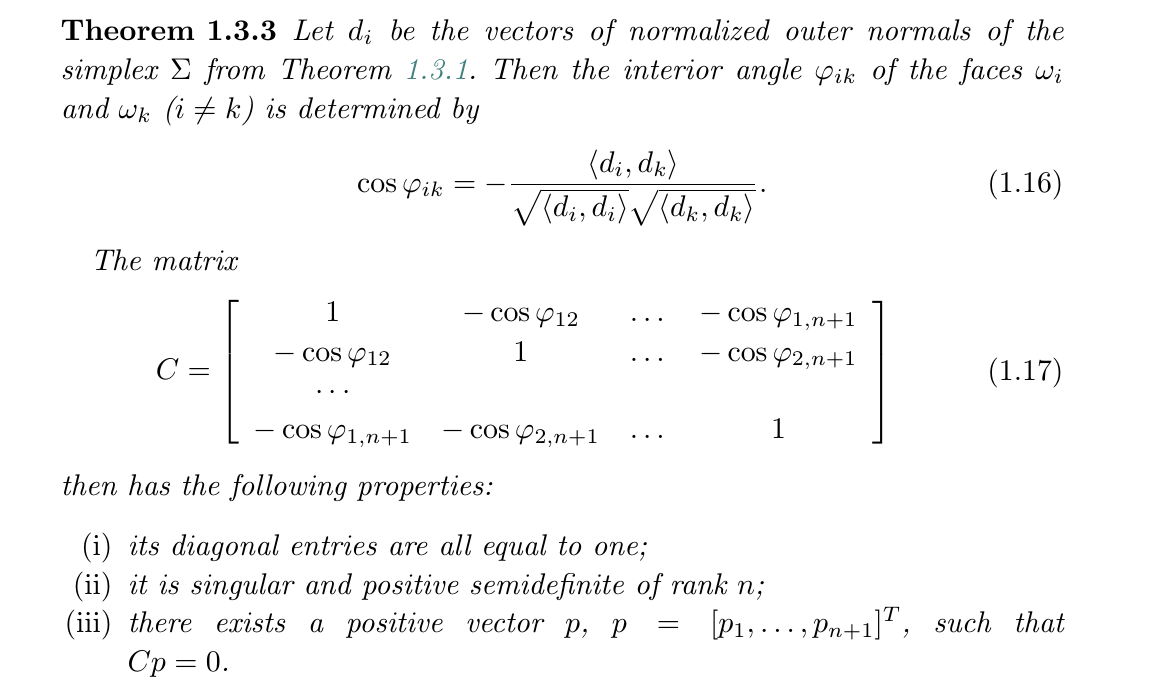Let $k=s$ be a positive definite symmetric function and a simililarity over the natural numbers such that $k(a,a) = 1 $ for all natural numbers $a$.
A similarity $s:X\times X \rightarrow \mathbb{R}$ is defined in Encyclopedia of Distances as:
$s(x,y) \ge 0 \forall x,y \in X$
$s(x,y) = s(y,x) \forall x,y \in X$
$s(x,y) \le s(x,x) \forall x,x \in X$
$s(x,y) = s(x,x) \iff x=y$
We can define the metric $d(x,y) = \sqrt{k(x,x)+k(y,y)-2k(x,y)}=\sqrt{2(1-k(x,y)}$.
Every $3$ point metric space can be embedded in $\mathbb{R}^2$ as a triangle, (See https://math.stackexchange.com/questions/3393140/whats-the-name-of-this-surface-a2b2c22abc-1-0 ), and hence for each triple of distinct natural numbers $x,y,z$ we get a triangle.
For three points $x,y,z$ in a metric space, we can define (using the law of cosines) the following quantity:
$$S(x,y,z) = \frac{d(x,y)^2+d(y,z)^2-d(x,z)^2}{2d(x,y)d(y,z)}$$
We then have:
$$\pi = \arccos(S(x,y,z))+\arccos(S(z,x,y))+\arccos(S(y,z,x))$$
wich I consider to be an invariant, because it does not depend on the metric space $(X,d)$. (and has a nice effect of yielding some amusing formulas for $\pi$ https://math.stackexchange.com/questions/4183066/some-formulas-for-pi ).
Now my naive question is, if it is possible to define other invariants for each simplex corresponding to a subset of $n$ natural numbers, which is independent on the function $k=s$ chosen.
The only thing we know are the properties above about $k=s$ or $d$.
(We can also assume that the determinant of the Gramian matrix $k(x_i,x_j)$ for each subset $x_i$ of pairwise distinct $x_i,x_j$ is not zero.)

